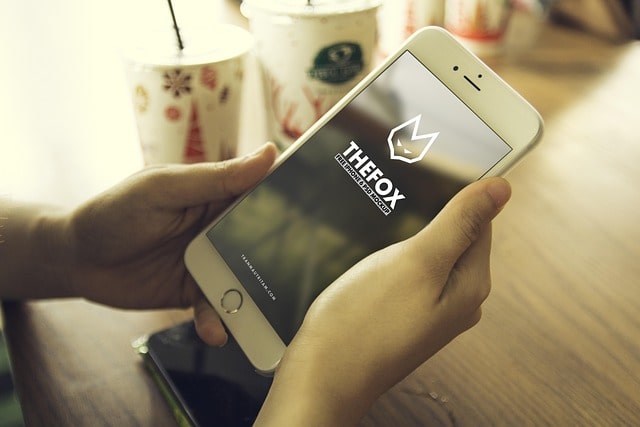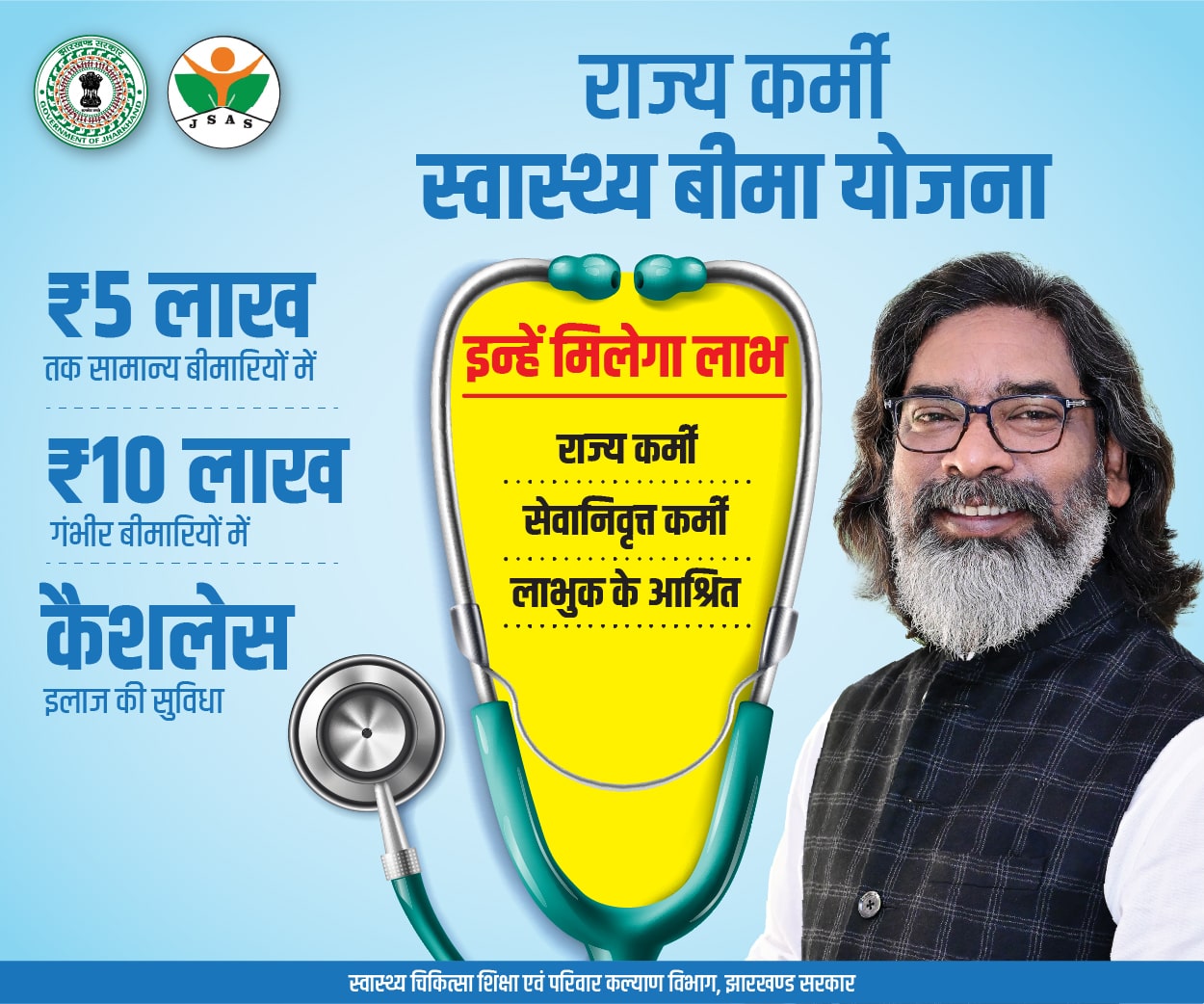
As a part of the 80th round of the National Sample Survey (NSS), the Comprehensive Modular Survey: Telecom (CMS: T) was conducted from January to March, 2025. This initiative marks a significant step by National Statistics Office (NSO) towards implementing short-duration, focused surveys. This survey was undertaken with the primary objective to meet the requirements of the line ministry/ department of Government of India and there was no State participation in CMS: T.
This survey was conducted along with the ongoing ‘Household Social Consumption: Health’ survey of NSS 80th round. The survey collected data on various aspects of mobile and internet usage at both the household and individual levels. Additionally, information on selected ICT skills was also captured. In this survey, data was collected through CAPI (Computer-Assisted Personal Interviews). The report is available on the Ministry’s website (http://www.mospi.gov.in).


Sample Design:
In this survey, a two-stage stratified sampling design was used, where First Stage Units (FSU) were villages/sub-units/sub-divisions in rural areas and Urban Frame Survey (UFS) blocks/sub-units/ sub-divisions in urban areas. The FSUs were allocated to States and UTs in proportion to the projected population figures as on 1st October 2024 as available from the report, ‘Population Projections for India and States 2011-2036’ of the Technical Group on Population Projections, Ministry of Health and Family Welfare, Government of India. The Second Stage Units (SSUs) were households in both rural and urban areas. The selection of FSUs and SSUs was done using Simple Random Sampling without Replacement (SRSWOR).
Survey Coverage:
The survey covered the whole of the India Union except for some villages of Andaman and Nicobar Islands which were difficult to access. At the all-India level, the total number of first-stage units (FSUs) surveyed was 4,382 (2,395 in rural areas and 1,987 in urban areas). The total number of households surveyed was 34,950 (19,071 in rural areas and 15,879 in urban areas) and the total number of persons enumerated was 1,42,065 (82,573 in rural areas and 59,492 in urban areas).
Important Caveat:
|
In rural area, around 92.7 percent persons in the age group 15-29 years used internet during last three months preceding the date of survey. In urban areas the use of internet, in the same age group, estimated at 95.7 percentage. |
The primary objective of the CMS: T was to generate national-level estimates of telecom and ICT skills related indicators. However, state-level estimates based on the available sample observations have been generated and presented in this report. Therefore, users should interpret the survey results at the sub-national level with careful consideration of the associated sample size in the domain and Relative Standard Error (RSE). The information on the execution/ability to perform the ICT skills was collected based on the reporting of the informant only. While collecting this information, no tests of the ICT skills of the informants were performed. Furthermore, with reference to the information collected on online purchases, only goods have been taken into account, while services have been excluded.
It is also important to note that the survey-based estimated totals were used exclusively for calculating rates and ratios. These totals are not intended to serve as definitive population-level counts. Therefore, using these totals to directly interpret the estimates in absolute terms or for extrapolation, may lead to misleading conclusions and is not recommended. Users of the data are requested to interpret the findings with due consideration of these statistical limitations.
Major findings of the survey:
In CMS: T, a person was considered as ‘used a mobile phone (smartphone as well as mobile phone other than smartphone)’ if s/he used it for the purpose of making personal calls and/or accessing the internet at least once during the last three months preceding the date of survey. Among youth aged 15–29 years, approximately 97.1 percent reported the mobile phone usage in the last three months. As per the findings of the Comprehensive Annual Modular Survey (CAMS), 2022–23, conducted as part of the NSS 79th Round, the corresponding figure for this age group was estimated at 94.2[1] percent. Gender-sector-wise comparative estimates of percentage of persons used mobile in the age group 15-29 years are shown in Figure 1.

|
In rural area around 79.2 percent males and 75.6 percent females in the age group ‘15 years and above’ own a smartphone among those who own a mobile phone. Whereas, in urban area the percentage estimated at around 89.4 and 86.2 percent for male and female, respectively, for the same age group. |
In this survey, mobile phone ownership was defined as having a device with an active SIM card for personal use, including employer-provided phones and those not registered in the user’s name. Individuals with only SIM cards were excluded. While determining ownership, joint ownership of a single mobile phone is not considered; in such cases, ownership is determined based on the majority use criterion. At the all-India level, in the age group 15-29 years, approximately 73.4 percent persons own a mobile phone. Gender-sector-wise estimates of mobile ownership for the persons in the age group 15-29 years are shown in Figure 2.

In the survey, a person was considered as ‘used internet’ if s/he accessed internet at least once during last 3 months, from any location, for any purpose and using any type of device (e.g. mobile, desktop, laptop, tablet, etc.). In the age group 15-29 years, around 94.3 percent persons used the internet at least once during last 3 months preceding the date of survey. Gender-sector-wise comparative estimates with CAMS, 2022-23 for the percentage of persons used internet in the age group 15-29 years are shown in Figure 3.

(iv) Sent messages with attached files
About 85.1 percent persons in the age group 15-29 years reported execution of the skill of ‘sent messages (e.g., e-mail, messaging service, SMS) with attached files (e.g., documents, pictures, video)’, using mobile or computer-like devices, during the last three months preceding the date of survey.
Whereas, 77.7 percent persons in the same age group reported execution of the skill during 2022-23 (CAMS, NSS 79th Round). Figure 4 gives gender-sector-wise comparative estimates of the percentage of persons executed the ICT skill in the age group 15-29 years during 2025 and 2022-23.

|
|
Indicator |
Rural |
Urban |
||
|
Male |
Female |
Male |
Female |
||
|
15-24 years |
Percentage persons used mobile during last three months preceding the date of survey |
98.0 |
95.7 |
97.6 |
96.9 |
|
Percentage of persons own a mobile phone |
74.8 |
51.7 |
82.7 |
69.5 |
|
|
Percentage of persons used the internet during last three months preceding the date of survey |
95.7 |
91.1 |
97.0 |
95.0 |
|
|
Percentage of persons sent messages with attached files during last three months preceding the date of survey |
87.7 |
80.4 |
91.9 |
87.7 |
|
|
15 years and above |
Percentage persons used mobile during last three months preceding the date of survey |
89.5 |
76.3 |
95.0 |
86.8 |
|
Percentage of persons own a mobile phone |
80.7 |
48.4 |
90.0 |
71.8 |
|
|
Percentage of persons used the internet during last three months preceding the date of survey |
72.1 |
57.6 |
85.5 |
74.0 |
|
|
Percentage of persons sent messages with attached files during last three months preceding the date of survey |
67.2 |
50.9 |
79.1 |
65.8 |
|
|
households |
Percentage of households possessed at least one smartphone |
82.1 |
91.3 |
||
|
Percentage of households have access to internet facility within household premises |
83.3 |
||||
